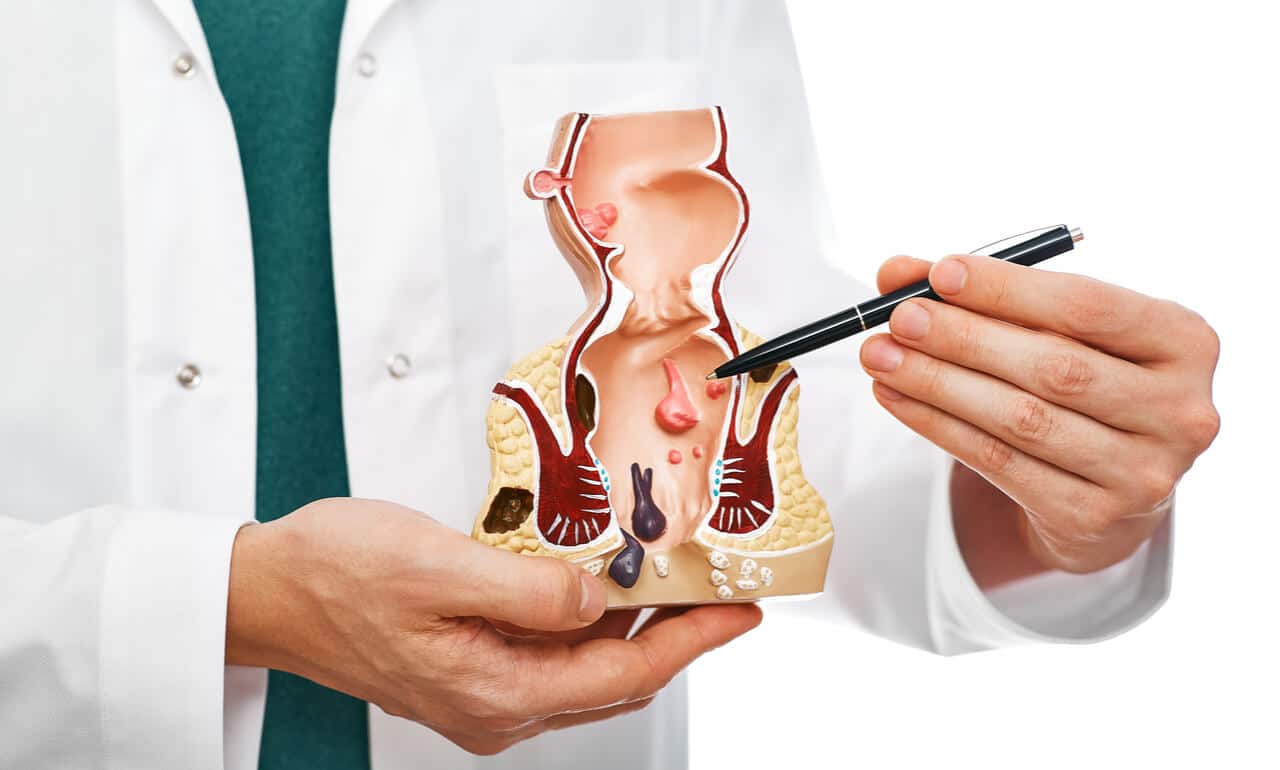A painful bowel movement accompanied by blood in the toilet bowl can be frightening, but it’s not uncommon. Especially if you’re frequently constipated and strain to pass hard stools. Anal fissures are small tears in the thin, moist tissue that lines the anus, and typically cause pain, bleeding and even spasms. But you don’t have to suffer. Here are 5 natural treatments that can promote healing and help relieve discomfort.
If you experienced pain, somewhat severe, during a bowel movement you may have stretched the anal canal to the point whereby a tear has occurred. Unfortunately, if you have an anal fissure, the pain will continue even after the bowel movement and may even last for several hours, according to the Mayo Clinic. Here’s how you’ll know if you have a anal fissure:
– There’s bright red blood on your stool or on the toilet paper
– You are itchy and irritated around the anus
– You have a visible crack in the skin around the anus
– You have a small lump or skin tag on the skin near the anal fissure
Common causes of an anal fissure
More than likely, you have an anal fissure because you passed large or hard stools. You may have been constipated and then strained during your bowel movement. Alternatively, chronic diarrhea may have also been the cause of your anal fissure. Inflammatory bowel disease such as Crohn’s disease, childbirth or even overly tight or spastic anal sphincter muscles can also cause anal fissures, suggests Healthline. When you have one, your goal of treatment should be to relieve pain and discomfort, and heal the torn lining.
5 Ways To Treat Anal Fissures Naturally
1. Olive oil, beeswax and honey
Try honey, coconut oil and beeswax for a soothing anal fissure treatment.
A study published in the Scientific World Journal found that patients with anal fissures experienced a noticeable reduction in pain, bleeding and itching after using a topical remedy. The mixture made from olive oil, honey and beeswax has antibacterial properties and a therapeutic effect. Additionally, no side effect was reported with use of the topical remedy. Researchers concluded that the combined ingredients are safe and clinically effective in the treatment of anal fissure and even hemorrhoids. Here’s how to do it:
Mix equal amounts of olive oil, honey and beeswax in a bowl.
Warm ingredients in a microwave until the beeswax melts completely.
Allow the mixture to cool, then apply it on the affected area.
Repeat a few times daily.
2. Aloe vera
The gel inside aloe leaves has been used for thousands of years to treat burns, wounds and other skin ailments. So, it’s no surprise that aloe is an ideal treatment for soothing pain and repairing the delicate tissue in the anus. A study published in the European Review for Medical and Pharmacological Sciences found that a topical cream containing 0.5 percent aloe vera juice powder worked well to treat chronic anal fissures.
But most commercial aloe creams and lotions contain very little pure aloe. So, they may not have much effect. Instead, use pure aloe obtained from an aloe leaf. Simply, cut off a few inches from one leaf of an aloe plant. Slice it lengthwise, and scrape out the gel using a spoon. Then, apply it directly to the affected area. Repeat as needed throughout the day.
3. Sitz bath
A sitz bath is a warm, shallow bath that is used to promote the relaxation of the anal muscles, according to the Cleveland Clinic. It’s can also be used for everyday hygiene. But it’s ideal for healing the minor tears in anal tissue, and reducing pain, swelling and itching.
You can give yourself a sitz bath with a plastic kit that fits over your toilet. You can purchase a sitz kit at your local drug store. Alternatively, you can give yourself a sitz bath in your bathtub.
Clean your bathtub very well. Healthline suggests using two tablespoons of bleach with a one-half gallon of water.
Next, fill the tub with three to four inches of water. The water should be warm, but not hot.
Soak your bottom for about 15 to 20 minutes. Bend your knees, or, if possible, dangle your legs over the sides of the tub to keep them out of the water altogether. Don’t rub or scrub the area — just soak.
4. Coconut oil
If your anal sphincter is dry or you have an existing fissure, coconut oil will help keep the area moisturized. Coconut oil also has healing properties for wounds. In fact, some natural health practitioners have used coconut oil to effectively treat bed sores and other skin lesions. Don’t be afraid to apply coconut oil several times a day. If your anus is dry or you have a chronic fissure, apply coconut oil to the area throughout the day and before you go to bed.
5. Comfrey
Comfrey promotes healing and can relieve anal fissure pain.
Comfrey is an herb that promotes healing and can relieve pain when suffering from anal fissures. Some clinical research supports the claim that comfrey has wound-healing powers. Research published in the journal Complementary Therapies in Medicine found that comfrey can help heal abrasion wounds.
Add one tablespoon of dried comfrey to one cup of hot water. Allow it to steep for 15 minutes. Strain and let cool. Use the comfrey solution to clean the affected area two times a day. Alternatively, you can use an over-the-counter comfrey ointment on the affected area twice a day.
These natural remedies can offer relief and promote healing for anal fissures. However, if symptoms persist or worsen, it’s essential to seek medical advice for proper evaluation and treatment.


